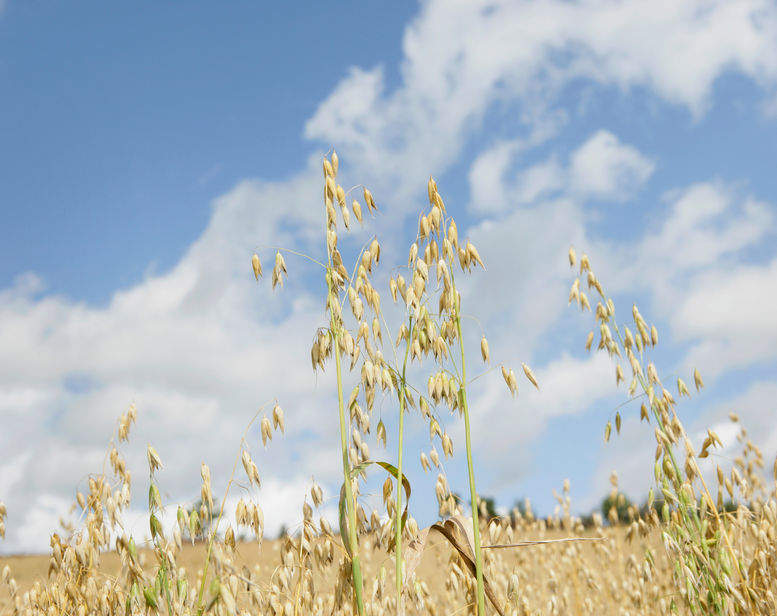
A new webinar will investigate the potential of the alternative and novel crops market in the UK as various farms see an increase in consumer demand.
The land area used in the UK for novel crops has barely changed for almost 40 years, despite a recent $741m investment into US alternative protein firms.
Oats for use in oat-milk and other plant-based drinks has increased and the plant-based drinks market is now worth £7.5bn annually, and projected to rise b.y £5bn per year.
The Agri-TechE webinar on 17 June ‘Novel and Alternative Crops – Improving rotation and the bottom line’ will investigate the potential of this market from the perspective of a number of growers.
“Protein is the big question – where do we get it from?" asked Dr Mike Salter, R&D facilitator at AB Agri, a global animal nutrition business of Associated British Foods.
"We’re looking for novel crops and technologies that can provide more locally produced protein sources for animals."
Part of Dr Salter's work is to look at new ingredients, and he agreed there is a huge potential for innovation for British farmers.
“We’re feeding protein to pigs and poultry in high levels. A lot of that is soy imported mostly from the US – Europe imports 14 million tonnes of soy a year," he said.
“So at AB we’re looking at different proteins. Some crops like broad beans have often been stated as a decent candidate, but they don’t make sense economically for farmers.
"Although broad beans have triple the protein content of wheat, you’re getting less than an eighth of the yield."
Dr Salter said his firm is using distiller’s grains as a source of animal feed protein - a bi-product of the drinks industry, or of bioethanol.
"It’s a circular relationship that works really well. But in terms of volume, it doesn’t come close to fulfilling our requirement," he added.
The webinar will include input from Edward Blanchard of Suffolk Produce, David Bond of Norfolk Mint Growers, Bruce Knight of Legume Technology, and Brin Hughes, Agronomy Manager for Richardson Milling Ltd.
The Bedford-based millers source oats from various locations throughout the UK and has recently seen an increase in consumer demand.
Mr Hughes wants to see more growers picking up alternative crops, but offers this advice: “When looking at oat varieties, it’s a good idea to talk to your merchant to understand what the end user is looking for, rather than simply choosing the highest yielding variety.
"Pay attention to crop management; oats are a cereal and respond well to precision agronomy.”
Dr Salter travels the world looking at innovations. He said there is interesting work at Aarhus University in Denmark, where they’re working on extracting protein from grass.
Grass is about 12% protein and Danish government made a decision that it wanted the top 25% of the Jutland peninsula to be returned to grassland for environmental and cultural reasons.
"The issue is transportation as the grass has a high water content, so processing must be done onsite, and even so this approach is reliant upon government subsidies," Dr Salter said.
The other big focus presently is looking at alternative protein sources for the human food chain, particularly in Western markets.
It is not being considered as an option merely for the relatively small number of vegetarians or vegans, but rather for the larger ‘flexitarian’ market.
There are a number of new start-ups, often California based ‘Bay Area’ style businesses, who are focused on plant-based meals and ingredients.
For growers, that is an opportunity for the future, Dr Salter explained: "If companies offering these alternative ‘centre-of-plate’ items take a significant proportion of the market, there will be a requirement for new types of ingredients in the supply chain – and that might be millions of tonnes."
“Farmers, producers and processors need to expect and prepare for a change in demand, as new plant-based food options are identified and new sources of animal feed protein are established.”
